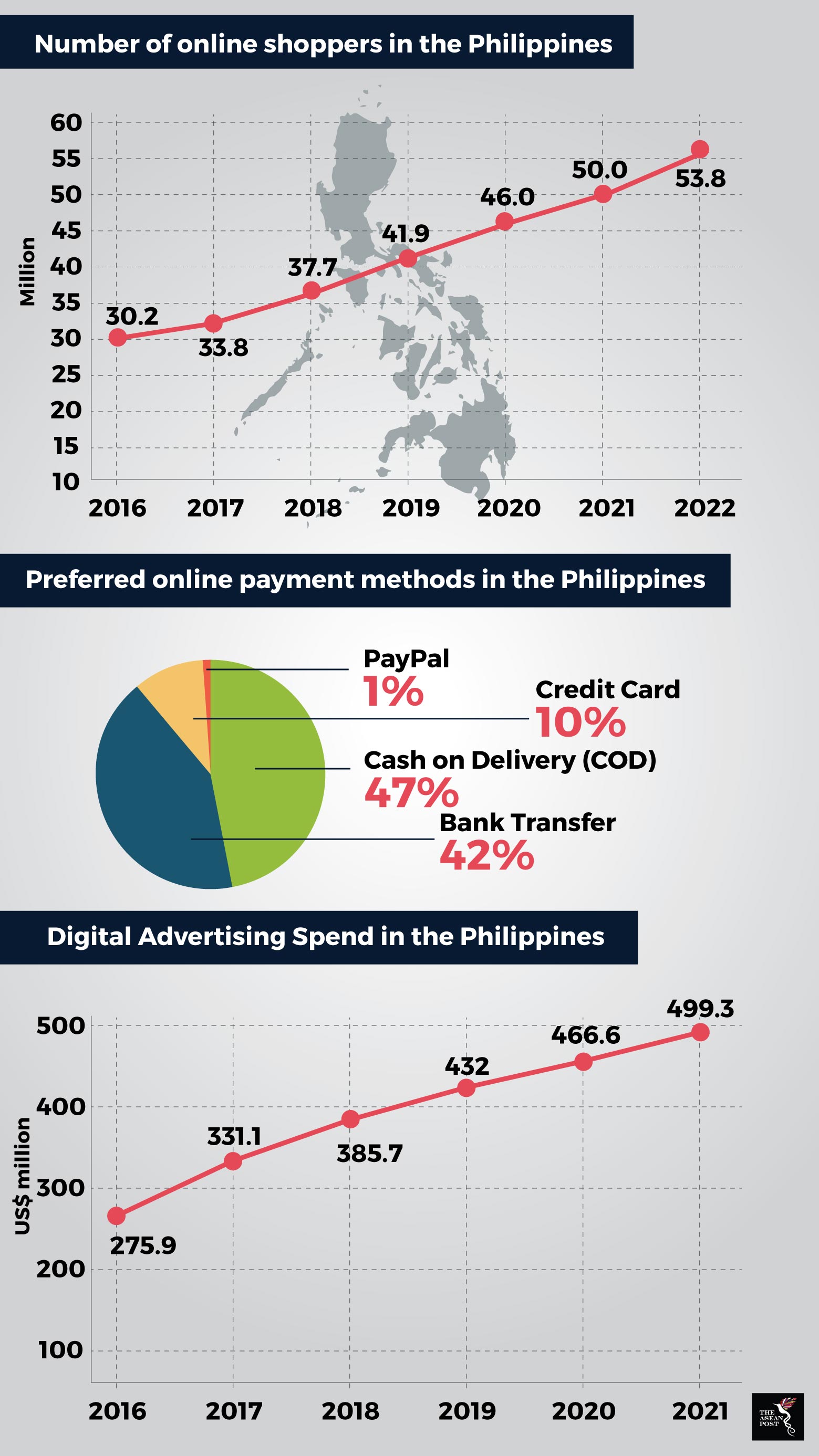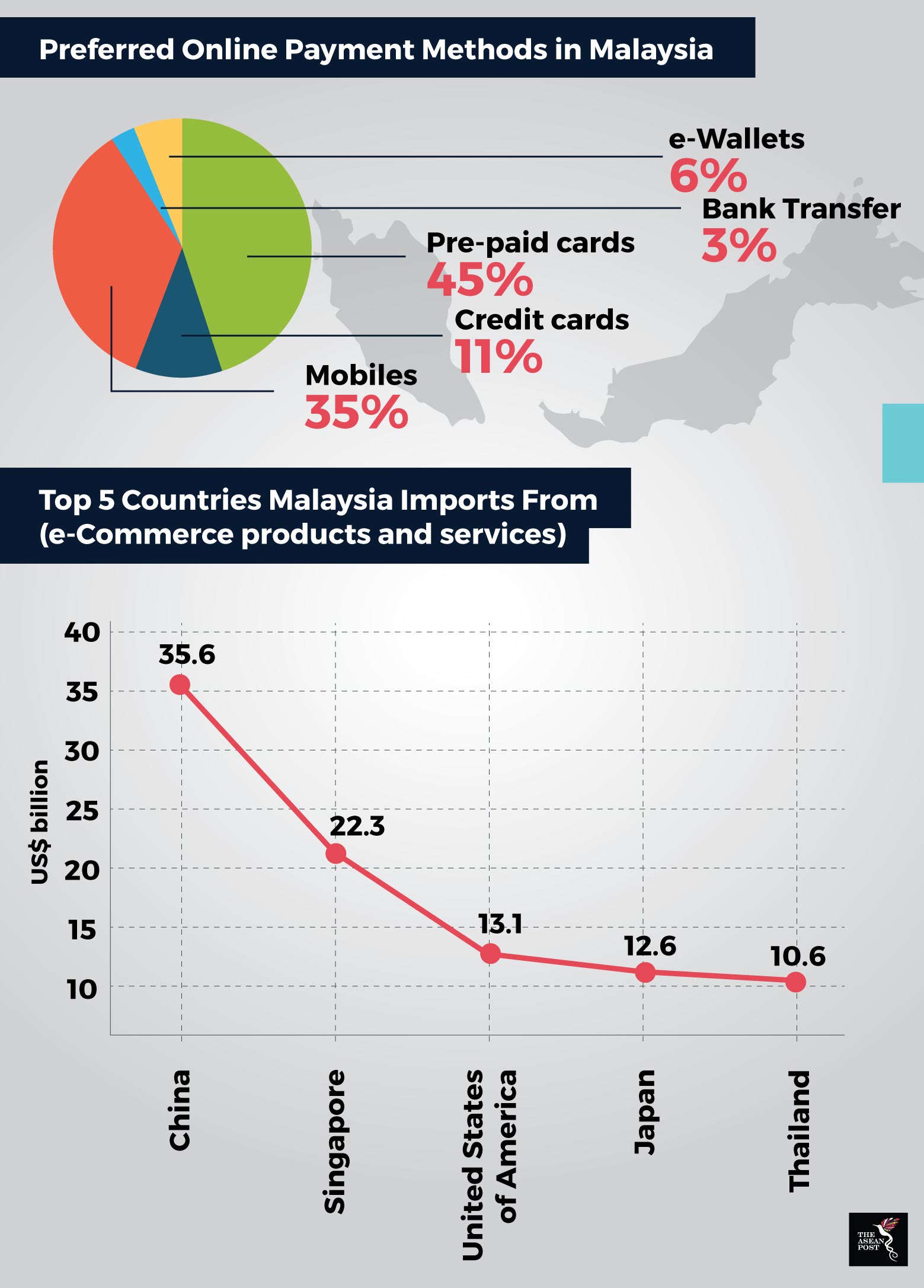e-Commerce is now in fashion. The Fourth Industrial Revolution has seen many sweeping changes take place in the tangible market, with Southeast Asia’s internet economy growing exponentially. In the region, e-Commerce transactions have leapt from US$5.5 billion in 2015 to US$7.9 billion in 2017. By 2025, the industry is projected to reach US$88.1 billion, attaining the status as the most valuable segment in the Southeast Asian internet economy. With a total population of over 630 million people and an internet penetration rate of 53 percent, Southeast Asia is now an arena for e-Commerce companies from all over the world to stake their claims on the technological terrain that is ASEAN.
e-Commerce in the Philippines
Although it is the second most populated country in Southeast Asia with 100 million citizens, the Philippines has the second smallest e-Commerce market in the region. However, due to a growing number of internet users in the country, e-Commerce is gaining traction. There are currently 37.75 million e-Commerce users in the Philippines, with an additional 18.02 million users expected to be shopping online by 2022.
Internet speed is of utmost importance when it comes to e-Commerce. According to Akamai (a pioneer in content delivery networks), the current average broadband speed in the Philippines is 5.5Mbps. Unfortunately, the Philippines’ internet speed is the worst among the ASEAN-6 countries, curtailing further progress in terms of potential number of users within the internet economy.
Nevertheless, according to ASEANUp, the leading e-Commerce player in the Philippines is Lazada, an online department store and marketplace for retailers to sell their products. The monthly traffic estimate for Lazada was 67.8 million users as of March this year. Second on the list is Shopee, a primarily mobile, diversified online shop that has also made it big in Taiwan. Its monthly traffic estimate is 9.8 million users as of March 2018.

e-Commerce in Malaysia
With its dynamic economy and modern infrastructures for digital technologies, Malaysia is an excellent market for e-Commerce in Southeast Asia. The country’s e-Commerce market is growing fast, both in terms of scale and scope. The scale relates to the volume of sales and number of shoppers while the scope is linked to the categories of products being bought online.
In comparison to the Philippines’ internet speed, Malaysia has it better. With an average broadband speed of 8.9 Mbps, e-Commerce transactions can take place without much hassle, enabling the sector to grow at a faster rate. Even though Malaysia’s population is less compared to the former Spanish colony, access to the internet is better, which enables better engagement with the internet economy.
A similarity that can be seen between both countries is that Lazada is also the leading player for e-Commerce in Malaysia. According to ASEANUp, the monthly traffic of users on Lazada’s page is estimated at around 45 million as of February this year.

As of now, there are 15 million eCommerce users in Malaysia. This number is expected to grow to 20 million by 2021. These 20 million users represent 77% of the total population, a substantial portion of the Malaysian citizenry.
In Malaysia, numerous projects have been created, aimed at developing a full-fledged e-Commerce environment. This includes incubators that attract promising start-up teams to boost national competitiveness – and more importantly, assist local businesses to compete on the global stage. This initiative might be the differentiating factor when one compares the e-Commerce market in the Philippines and Malaysia.
If the Philippines harbours hopes of bridging the e-Commerce gap with its neighbours, its regulating bodies would need to come up with a comprehensive plan to improve its internet speed and penetration, as soon as possible. On the whole, the application of e-Commerce in the region has benefitted many, from individuals who are keen to start new businesses, to already existing commercial giants like Amazon, Lazada, and Zalora. The tremendous potential of the region’s internet economy should be actualised so as to create an ASEAN community that is not only tech savvy, but masters of the tools now deemed necessary in the modern world.
